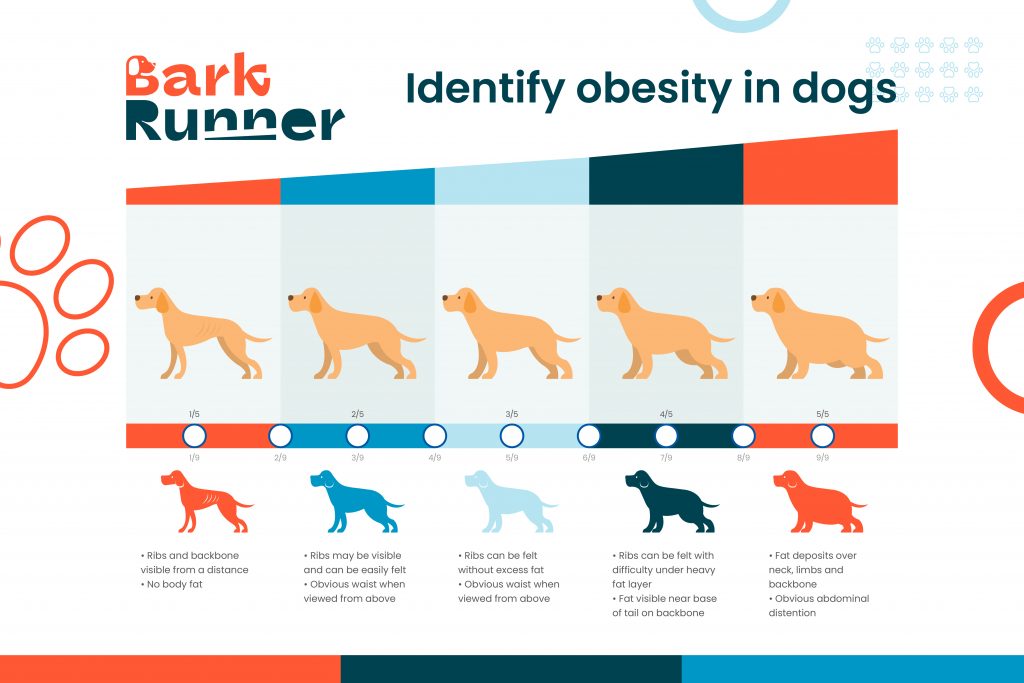Pet obesity is a growing concern, and our furry friends are feeling the weight—literally. Help Your Dog to Lose Weight and maintain an optimal weight, which is crucial for your dog’s overall health and longevity. By ensuring a balanced diet and regular exercise, you can significantly improve your pet’s quality of life.
Just like humans, dogs can face numerous health issues if they carry around extra pounds. But don’t worry, helping your dog lose weight is achievable with the right approach. Let’s explore the steps you can take to ensure a healthier, happier life for your beloved pet.
Understanding Dog Obesity
What Constitutes as Overweight or Obese?
Identifying whether your dog is overweight or obese can be challenging. Generally, a dog is considered overweight if it weighs 10-20% above its ideal weight and obese if it weighs more than 20% above its ideal weight. You can also look for signs like excessive fat around the ribs, spine, and base of the tail, or a noticeable lack of waste.

Common Causes of Weight Gain in Dogs
Several factors contribute to weight gain in dogs:
- Overfeeding: Many pet owners unintentionally overfeed their dogs, either by giving too many treats or by not measuring their food portions accurately.
- Lack of Exercise: Dogs, like humans, need regular physical activity to stay healthy. Lack of exercise can quickly lead to weight gain.
- Age and Breed: Some breeds are more prone to weight gain, and older dogs are generally less active, making them more susceptible to obesity.
Health Risks Associated with Obesity in Dogs
Obesity in dogs can lead to several serious health issues, including:
- Diabetes.
- Heart disease.
- Joint problems and arthritis.
- Respiratory issues.
If you think your pet may have any of these diseases, don’t hesitate to visit a professional veterinarian as soon as possible.
Help Your Dog to Lose Weight: Creating a Weight Loss Plan
The Role of Diet in Weight Management for Dogs
A balanced diet is the foundation of any weight loss plan. Here’s how you can manage your dog’s diet effectively:
- Choose the Right Food: Opt for high-quality, low-calorie dog food specifically designed for weight loss. These foods are rich in nutrients but lower in calories.
- Portion Control: Measure your dog’s food accurately and stick to the recommended serving sizes. Avoid free-feeding (leaving food out all day).
- Healthy Treats: Replace high-calorie treats with healthier alternatives like carrot sticks or apple slices.
Incorporating Regular Exercise and Playtime
Exercise is essential for weight management. Here are some tips:
- Daily Walks: Aim for at least 30 minutes of walking each day. Adjust the duration and intensity based on your dog’s age, breed, and fitness level.
- Playtime: Engage in activities that your dog enjoys, such as fetching, running, or swimming. These activities help burn calories and keep your dog mentally stimulated.
- Interactive Toys: Use toys that promote physical activity, like tug ropes, frisbees, or puzzle toys that dispense treats.
At BarkRunner, our exercise plan is personalized. We recommend taking at least 3 classes a week to start seeing results in your dog’s health and weight.

Monitoring Progress
Importance of Regular Weigh-ins and Body Condition Scoring
Tracking your dog’s progress is crucial. Here’s how:
- Regular Weigh-Ins: Weigh your dog every 2-4 weeks to monitor weight loss. Use the same scale each time for consistency.
- Body Condition Scoring (BCS): BCS is a visual assessment of your dog’s body fat and muscle. It ranges from 1 (emaciated) to 9 (obese). Your veterinarian can help you determine your dog’s BCS.
Overcoming Challenges
Dealing with Begging and Food-Related Behavioral Issues
Begging can be a significant hurdle. Combat it with these strategies:
- Set Feeding Times: Stick to a feeding schedule and avoid feeding your dog at the table.
- Ignore Begging: Don’t give in to begging. Doing so reinforces the behavior.
- Use Food Puzzles: Slow down your dog’s eating and make feeding time more engaging.
Providing Mental Stimulation to Prevent Boredom Eating
Boredom can lead to overeating. Keep your dog mentally active with:
- Training Sessions: Teach new tricks or commands to engage your dog’s mind.
- Interactive Toys: Toys that challenge your dog to think can help divert their attention from food.
Helping your dog lose weight is a meaningful step toward enhancing their quality of life. By implementing a balanced diet, regular exercise, and consistent monitoring, you can make a positive impact on your dog’s health. Remember, gradual progress is key, and every small step brings your dog closer to a healthier future.
Ready to take action? Start today, and let’s help your furry friend live their best life! If you have any questions or need personalized advice, feel free to reach out to our community of pet experts. Together, we can make a difference.



